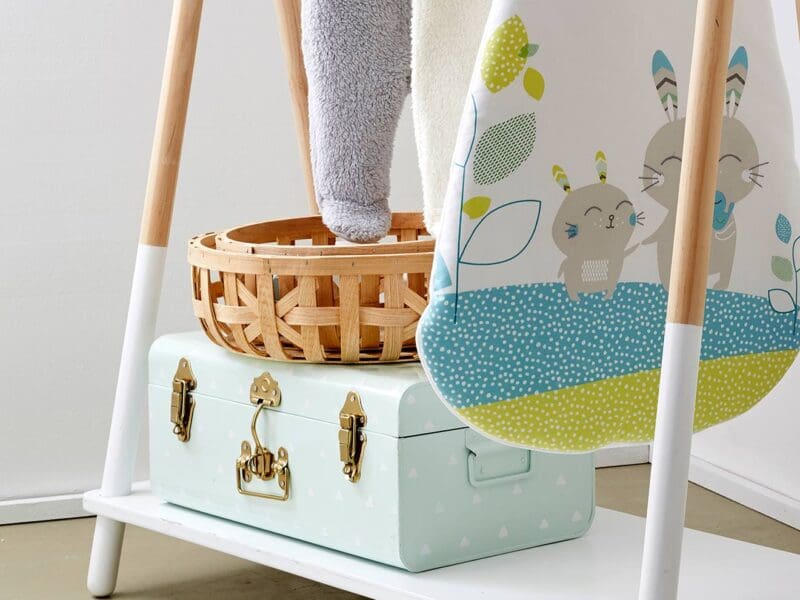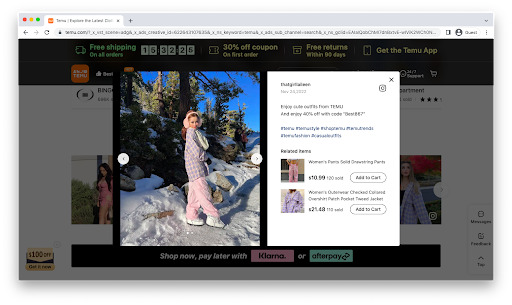
Flipping Vintage Clothing for a Modern Market
In the eclectic world of fashion, vintage clothing holds a special allure. Besides the fact that it offers a brief look into the past, yet it likewise presents a supportable, novel, and frequently practical option in contrast to standard style. Flipping rare dress – the craft of obtaining, reestablishing, and exchanging classic pieces – is something other than a business; it’s an excursion through time, style, and culture. This 1500-word article delves into how one can successfully engage in flipping vintage clothing for the modern market, blending passion with profit.
The Appeal of Vintage Clothing
Vintage clothing, by its very nature, is distinct. Each piece tells a story, whether it’s a 1950s Dior dress or a 1970s Levi’s denim jacket. For consumers, wearing vintage is not just a fashion statement but a way to express individuality. Moreover, in an era increasingly conscious of sustainability, vintage clothing offers an eco-friendly fashion choice, reducing waste and the environmental impact associated with new clothing production.
Understanding the Vintage Market
A crucial aspect of successful vintage clothing flipping is understanding the market. This involves knowing what styles are in demand, which eras are most popular, and what items fetch the highest prices. Factors like rarity, brand, condition, and historical significance can greatly affect an item’s value. Staying updated with current fashion trends and having a keen eye for timeless pieces is essential. Resources like insights for flipping can be invaluable in staying ahead in this dynamic market.
Sourcing Vintage Clothing
The hunt for vintage treasures is an exciting part of the flipping process. Vintage clothing can be found in various places, including thrift stores, estate sales, garage sales, and online marketplaces. Building relationships with vintage shop owners and attending vintage clothing fairs can also lead to discovering unique pieces. It’s a process that requires patience, persistence, and a bit of luck.
Evaluating and Pricing Your Finds
Once you’ve sourced vintage clothing, the next step is to evaluate each piece carefully. Check for damages, authenticity, and overall quality. Research similar items to understand their market value. Pricing vintage clothing can be tricky; it should reflect the item’s condition, rarity, and market demand. Overpricing can deter potential buyers, while underpricing can lead to profit loss.
Restoring and Repurposing
Part of the allure of one of a kind dress is its set of experiences, however that doesn’t mean things can’t be revived or refreshed. Rebuilding could include straightforward advances like cleaning and retouching, or more mind boggling ones like modifying or reusing a part of appeal to current preferences.However, it’s important to balance maintaining the item’s vintage integrity with making it appealing to contemporary buyers.
Marketing and Selling
Marketing is key in the vintage clothing flipping business. Utilizing social media platforms, especially those with a visual focus like Instagram and Pinterest, can be effective in reaching your target audience. Creating an engaging story around each piece can enhance its appeal. Online marketplaces, your website, or local vintage fairs are great venues for selling your items. High-quality photography and detailed product descriptions can significantly boost your sales.
Building a Brand
Building a recognizable brand can set you apart in the competitive vintage market. This involves creating a consistent aesthetic, defining your niche (like specializing in a specific era or style), and developing a strong online presence. Customer service, including prompt responses and reliable shipping, also plays a crucial role in brand building.
Leveraging E-commerce Platforms
In today’s digital age, having an online presence is crucial. E-commerce platforms like Etsy, eBay, and Depop are popular for selling vintage clothing. Each platform has its audience and style, so choose the one that aligns best with your brand and target market.
Legal and Ethical Considerations
When flipping vintage clothing, it’s essential to operate ethically. This includes being honest about the condition of items and avoiding the sale of counterfeits. Understanding and adhering to any legal requirements, especially when selling online, is also crucial.
The Role of Sustainability
The sustainability aspect of vintage clothing is a powerful selling point. Flippers can emphasize this by using eco-friendly packaging and highlighting the environmental benefits of buying vintage. This not only appeals to eco-conscious consumers but also contributes positively to the environment.
Networking and Community Building
Building a network with other vintage enthusiasts, collectors, and sellers can open doors to new sourcing channels and customer bases. Joining online forums, attending vintage fairs, and participating in local fashion events can help in building these connections.
Keeping Up with Trends and Consumer Preferences
While vintage clothing is inherently linked to the past, staying attuned to current fashion trends and consumer preferences is vital. This helps in selecting pieces that resonate with contemporary buyers and in styling them in ways that are appealing and relevant.
Balancing Passion with Profit
Maybe the main part of flipping one of a kind dress is adjusting your enthusiasm for classic design with the reasonable items of maintaining a beneficial business. This implies arriving at informed conclusions about what to purchase, the amount to spend on rebuilding, and how to cost things.
Conclusion
Flipping vintage clothing for a modern market is a fulfilling venture that combines fashion, history, and entrepreneurship. It’s a journey that requires a mix of artistic sensibility, business acumen, and a deep appreciation for the past. With the right approach, flipping vintage clothing can be more than just a profitable business; it can be a meaningful contribution to sustainable fashion and a way to keep the stories of the past alive in the modern wardrobe.
For those looking to delve deeper into this venture, remember that resources like insights for flipping offer valuable guidance and information to navigate this unique and rewarding market. Whether you’re a seasoned flipper or just starting out, the world of vintage clothing offers endless possibilities for those willing to explore it.







